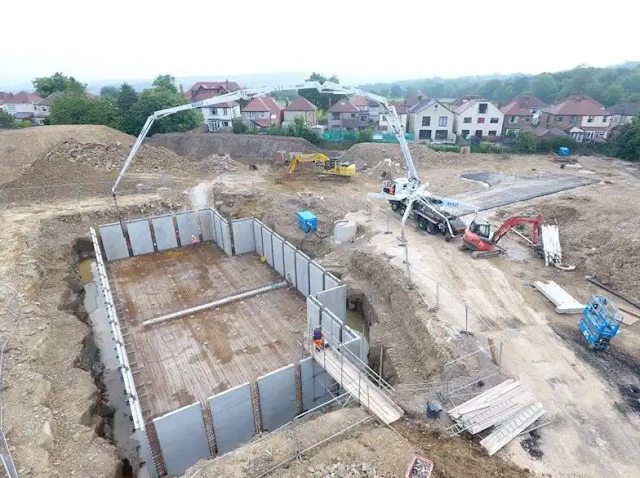Manage Stormwater Runoff with Attenuation Tanks
Rapid urbanisation has contributed to increased impervious surfaces that have altered the natural hydrological cycle. Therefore, rainfall that used to directly infiltrate through the soil or slowly drain through natural waterways now runs off the concrete surfaces. Although urban stormwater networks can easily manage runoff from low to medium intensity rainfall events, they fail to transfer excessive runoff from heavy rainfall events.
In case of heavy rainfalls, we need to rely on overland flow paths which include natural rainwater drainage paths based on the topography of the land. But many times, they get blocked, thereby causing flooding. Waterlogging or flooding not just destroys public and private properties, but also causes water pollution. To prevent these situations, it is best to install stormwater attenuation tanks. These tanks rely on the concept of storing stormwater close to where it falls and slowly releasing it back into the stormwater network after the flood peak slows down.
Considerations when installing a stormwater attenuation tank
In the UK and Ireland, every property owner is under an obligation to avoid the overflow of rainwater from the developed sites to the Greenfield areas. Therefore, you need to ensure that the maximum peak flow off your property should not be higher than that it was pre-development.
The most practical and cost-efficient option to achieve hydraulic neutrality is to install a stormwater tank. To manage stormwater runoff from your property, you need to select the appropriate tank size. Here are some acceptable solutions for installing and using stormwater attenuation tanks:
1. The tank should effectively collect at least 80% of runoff from all the impervious surfaces in a residential or commercial establishment.
2. To prevent blockage, there must be a debris diverter between the roof gutter and downpipe(s) to the tank.
3. A portion of water from the stormwater tank can be used for domestic purposes like gardening and car washing.
4. These stormwater attenuation tanks can be installed underground, even in high traffic areas like under car parks.
5. These tanks must comprise an outlet to slowly release runoff back into the main stormwater network. The diameter of the outlet pipe should be carefully chosen to maximise the storage within the tank and minimising the rate of water flow into the stormwater network.
6. Precast stormwater tanks are easy to install which can lead to significant time and cost savings.
On a final note, we would like to say that investing in a stormwater attenuation tank makes sense because it is the most cost-effective and efficient way to mitigate the risks of flooding. Plus, it is also useful in harvesting rainwater and preventing stormwater pollution. So, go ahead and order a stormwater attenuation tank today.



Comments
Post a Comment